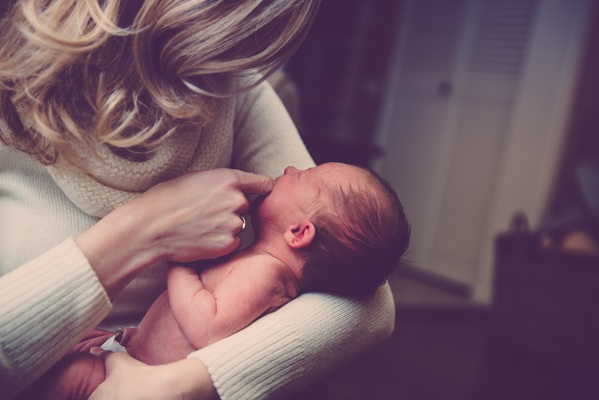
By Melissa Grant
Mums are staying home longer with their newborns and returning to work after maternity leave in record numbers.
More than three-quarters of new mums are going back to their pre-baby job, with an increasing number resuming the same role and responsibilities.
These developments are among key findings of an ABS Pregnancy and Employment Transitions Survey undertaken last year, which estimated there were 582,300 Australian women aged 15 and over who were birth mother of a child aged under two.
Working during pregnancy and taking leave
The survey found most women worked while they were expecting, with 73 per cent of holding a job at some stage during their pregnancy.
Of those women, 48 per cent worked 35 hours or more in their job prior to giving birth and 23% of women worked 40 hours or more a week.
While the number of new mums who took maternity leave was relatively unchanged at 93 per cent, the number who took unpaid leave dropped from 71 per cent in 2011 to 65 per cent in 2017.
Returning to work after bub
The number of new mums who returned to the job they had before giving birth was 77 per cent, up from 71 per cent in 2011.
Of those who went back to work, 65 per cent had the same roles and responsibilities compared to 59 per cent in 2011.
The number returning to work with a different employer or business dropped from 18 per cent in 2011 to 13 per cent in 2017.
Mums taking longer maternity leave
Of those new mums who went back to work, 74 per cent did so after spending at least four months at home with their child (up from 65 per cent in 2011).
One in four returned to the workforce after 10 months or longer compared to 21 per cent in 2011.
What childcare mums rely on
When returning to the workforce, just over half of women relied on informal day care from their grandparents, partner or other family members as their main form of childcare.
Grandparents were the most popular option, with 26 per cent of mums relying on them for care.
The reliance on formal daycare increased from 33 per cent in 2011 to 44 per cent last year, with four out of five utilising long day care centres.
The findings of the survey are broadly consistent with a paid parental leave evaluation undertaken by academic experts in 2014 for the Department of Social Services.







